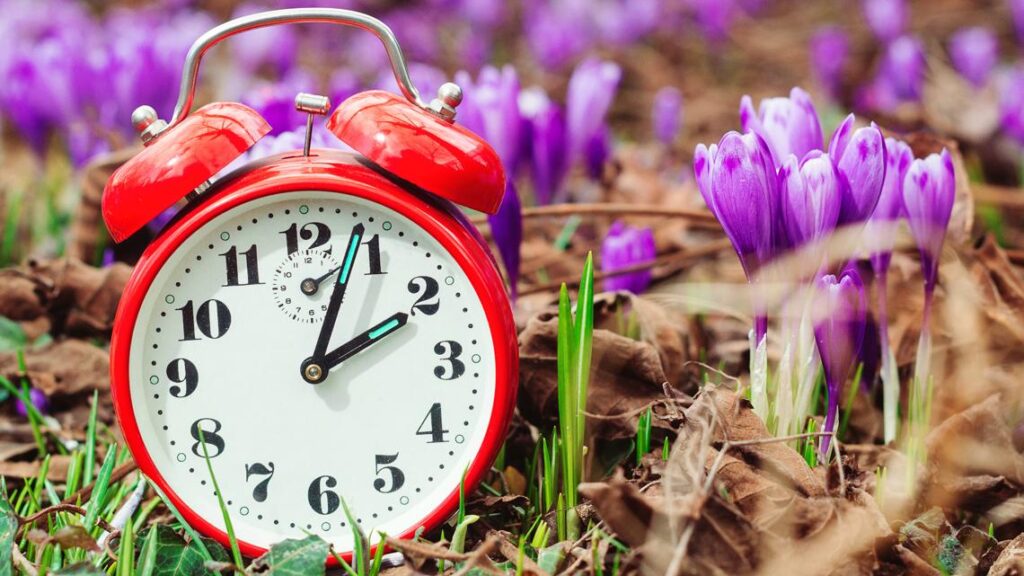
Daylight Saving Time (DST) can have subtle but noticeable effects on plants, especially those grown indoors or in controlled environments. Here’s how the time change impacts plant life and what you can do to help them adjust:
Changes in Light Exposure
While outdoor plants rely on natural daylight, the shift in time may affect indoor plants whose care routines are based on artificial lighting or human schedules. If you normally open curtains or turn on grow lights at a set time, the sudden shift can momentarily disrupt their light cycle.
Tip: Gradually adjust your plant’s exposure to light by shifting artificial lighting or repositioning them if needed.
Temperature Fluctuations
With the time change, sunrise and sunset patterns shift, which can influence temperature fluctuations, especially for outdoor plants. Cooler mornings may persist longer, affecting growth rates.
Tip: If you’re transitioning plants outdoors, watch for unexpected temperature dips and adjust watering accordingly.
Watering Schedule Adjustments
Many plant owners water on a routine that aligns with their daily activities. When DST changes your schedule, your plants may experience an unintended shift in their watering patterns.
Tip: Stick to checking soil moisture rather than relying on a set schedule to ensure plants get the right amount of water.
Pollinator Activity & Growth Cycles
Outdoor plants that depend on pollinators may see shifts in activity patterns, though this is more of a gradual adaptation. Some flowering plants may also experience a slight delay or acceleration in blooming due to light and temperature shifts.
Tip: Keep an eye on budding flowers and adjust fertilization or support as needed to encourage healthy growth.
Indoor Plants & Their Circadian Rhythm
Though plants don’t follow clocks, they do follow natural light cycles. A sudden shift in when they receive light might briefly confuse their circadian rhythm, leading to slowed photosynthesis or delayed blooming.
🔹 Tip: If using grow lights, adjust them gradually over a few days to help your plants transition smoothly.
Final Thought
While DST doesn’t drastically impact plant health, small adjustments in care routines can keep your plants thriving through the seasonal change!

